The modern ‘super-GT’ inherits a legacy forged and refined over a century of sports car-making, through front-engined, rear-wheel drive legends such as the pre-war Alfa Romeo 8C and the likes of the Jaguar E-Type, Aston Martin DB4, Ferrari 250 and Mercedes-Benz 300 SL ‘gullwing’. No other part of the performance car market has better pedigree.
These are cars intended for the idyllic, high-speed continent-crossing missions of your waking dreams.
They’re ‘have your cake and eat it’ cars, with excellent touring manners and plenty of space for your luggage, often with a couple of occasional back seats included.
But the very best combine all that with absolutely first-order speed, power, handling poise and driver engagement; or, alternatively, limousine-like luxury, as you prefer.
1. Aston Martin DBS Superleggera
If there’s one marque you’d expect to get the execution of a luxurious, powerful and beautiful super GT bang on the money, it’s Aston Martin. And with the latest DBS Superleggera, that’s exactly what the iconic British brand has done.
This new flagship model (at least until the Valkyrie hypercars) is one of a small handful of cars to be awarded the full five-star rating by our road test team in 2018. It’s an impressively well-rounded car, this one. The 715bhp and 664lb ft developed by its 5.2-litre twin-turbocharged V12 allows the DBS to cover ground at an alarming rate of knots, and yet, even with all that performance punch, the big Aston never feels intimidating or nervous - something that can’t be said of the Ferrari 812 Superfast. Superb handling and a ride that’s purposefully firm but usefully supple adds to its outstanding grand-touring credentials.
There are a few (minor) flies in its ointment, though. It’s not exactly lightweight (despite what the Superleggera name might lead you to believe), and the eight-speed gearbox can be a bit aggressive at low speeds. The cabin is also a mite too similar to that of the considerably cheaper DB11, too. But overall, this is a phenomenal car that represents a welcome return to form for a much loved British car maker.


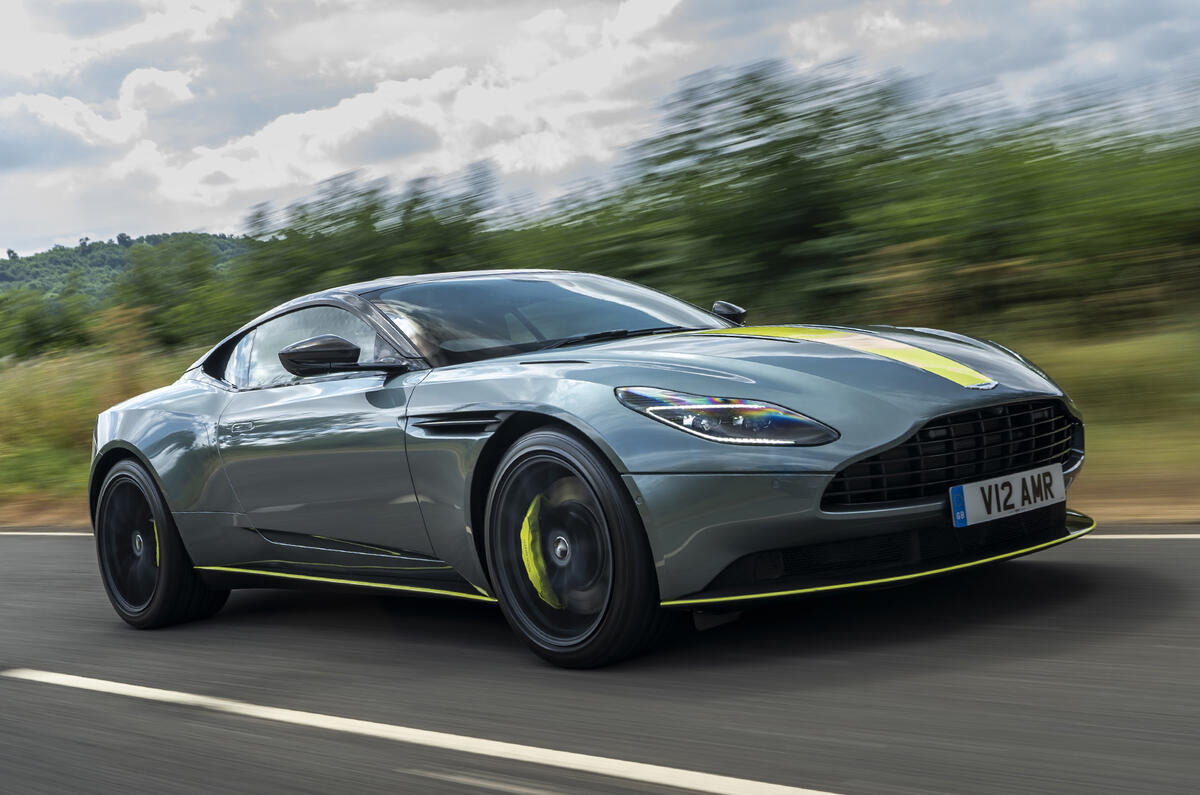
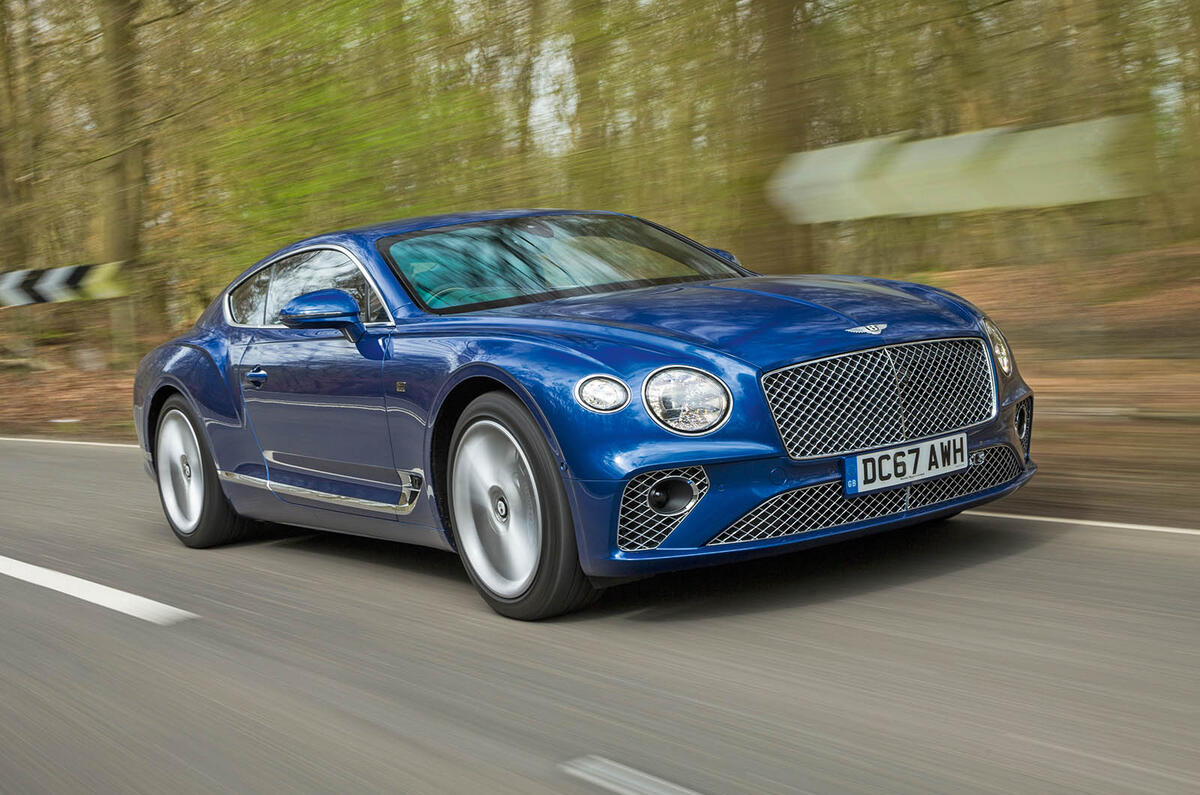
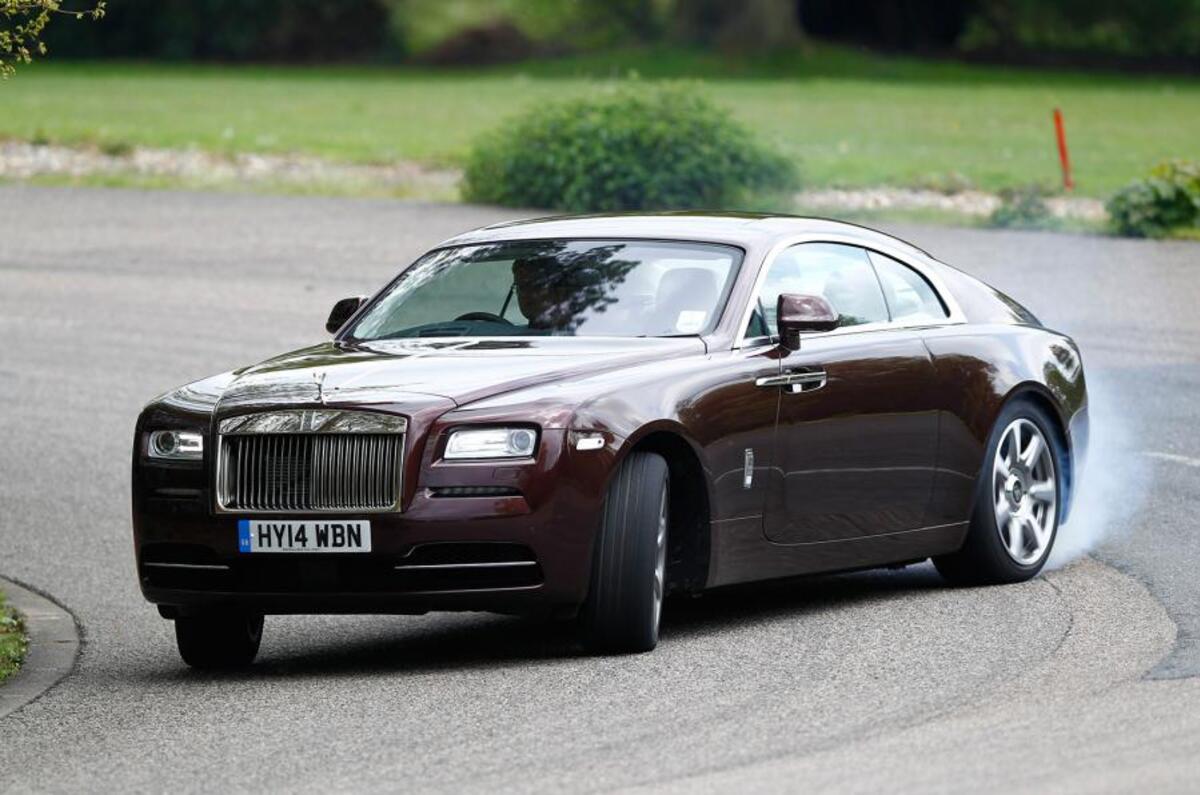




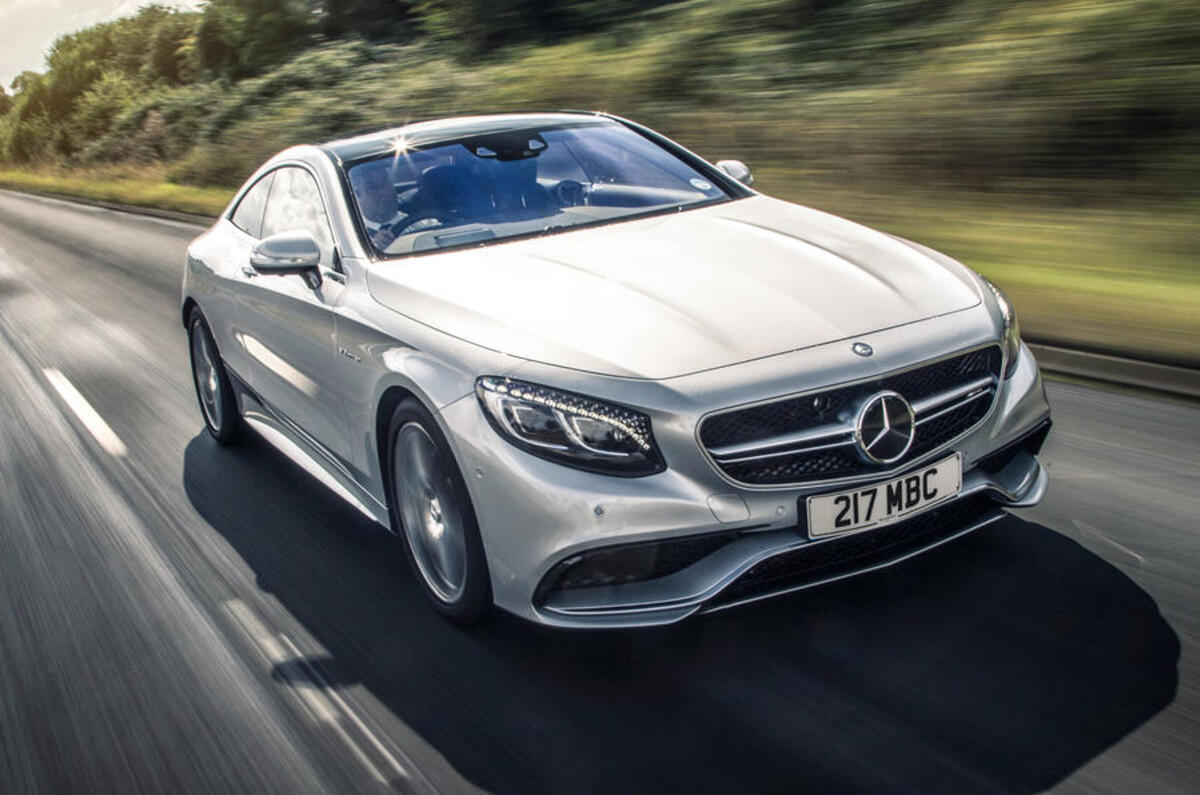


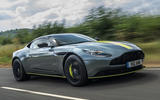
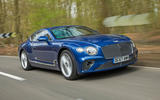





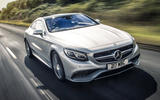



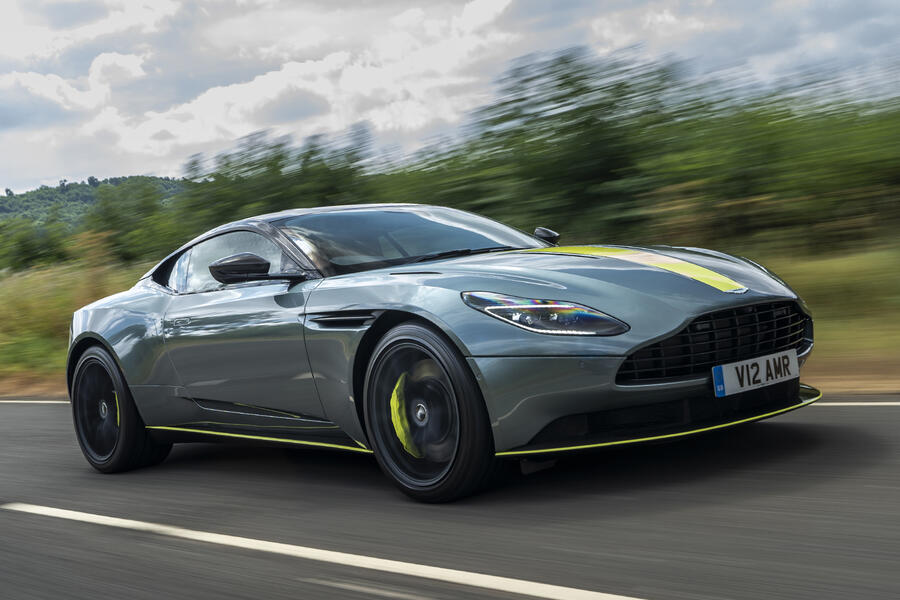
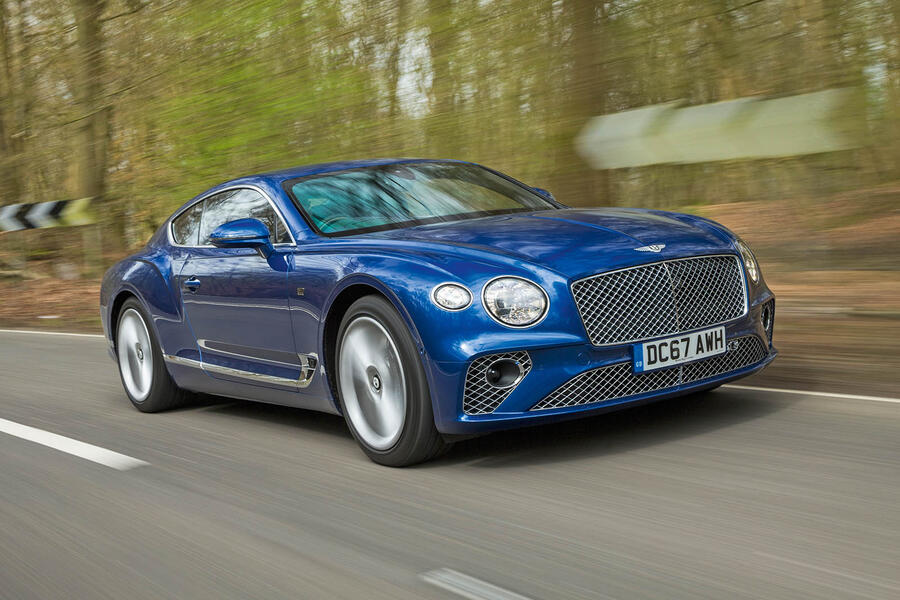
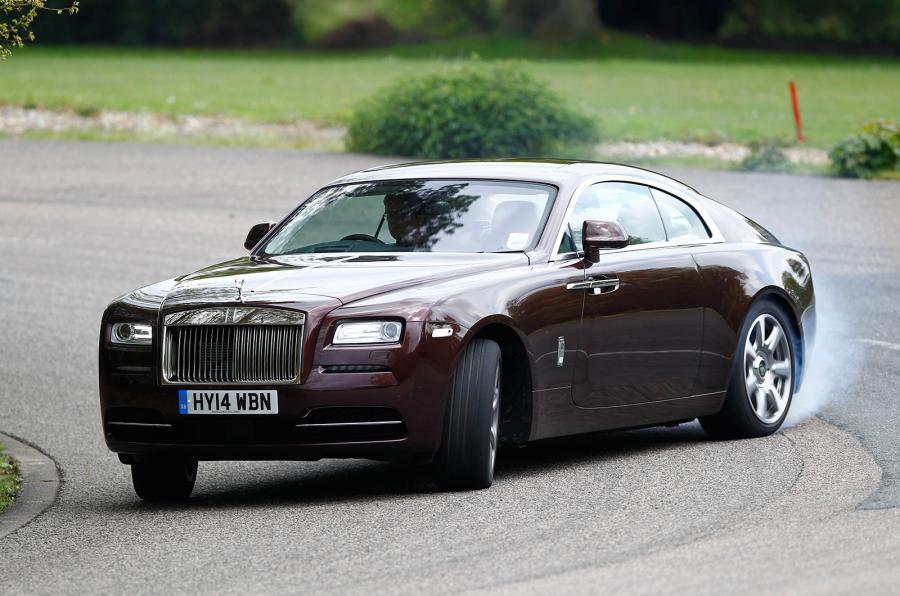
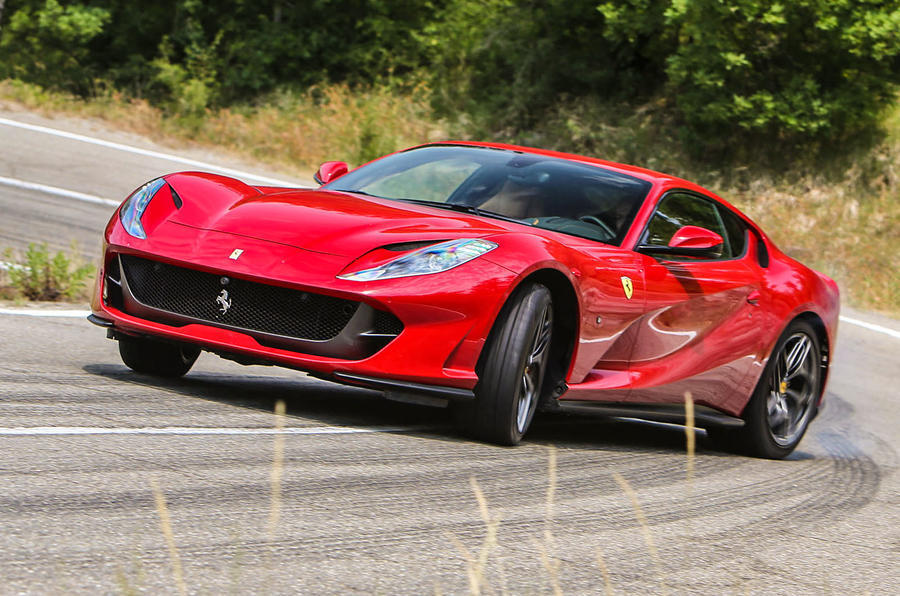
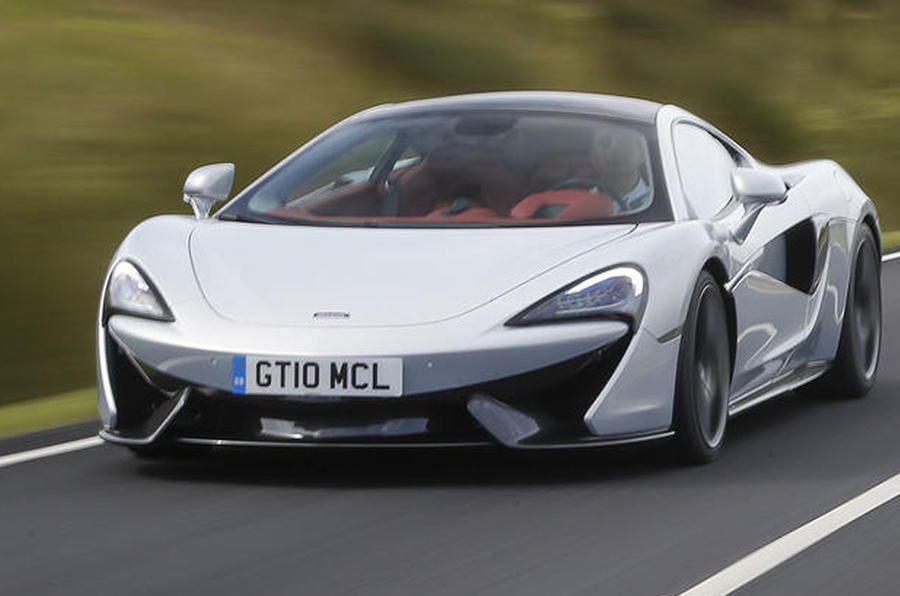
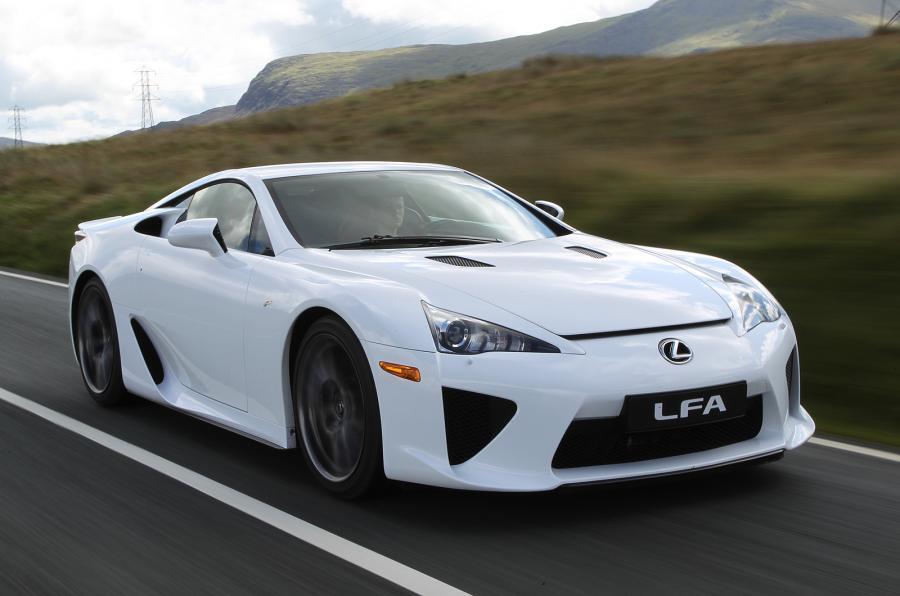
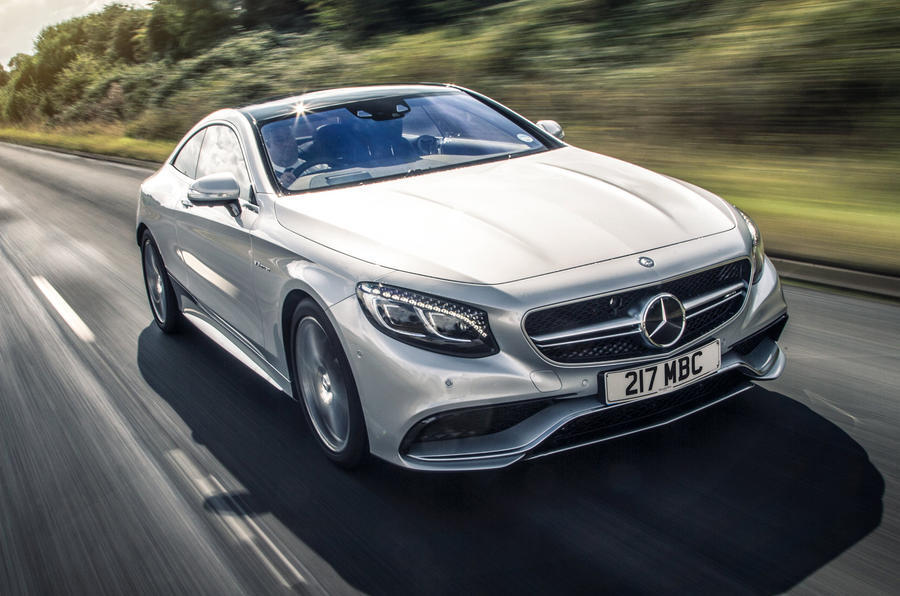
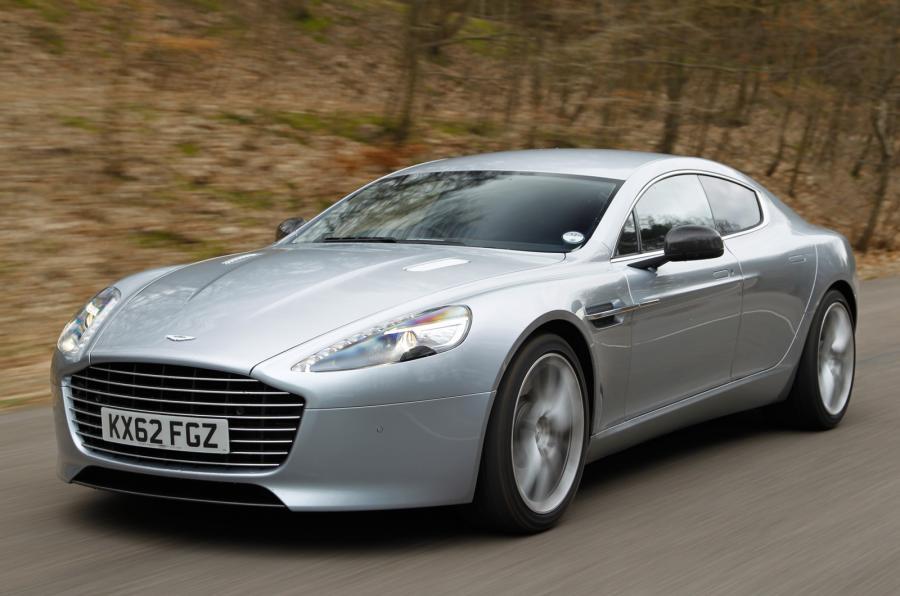
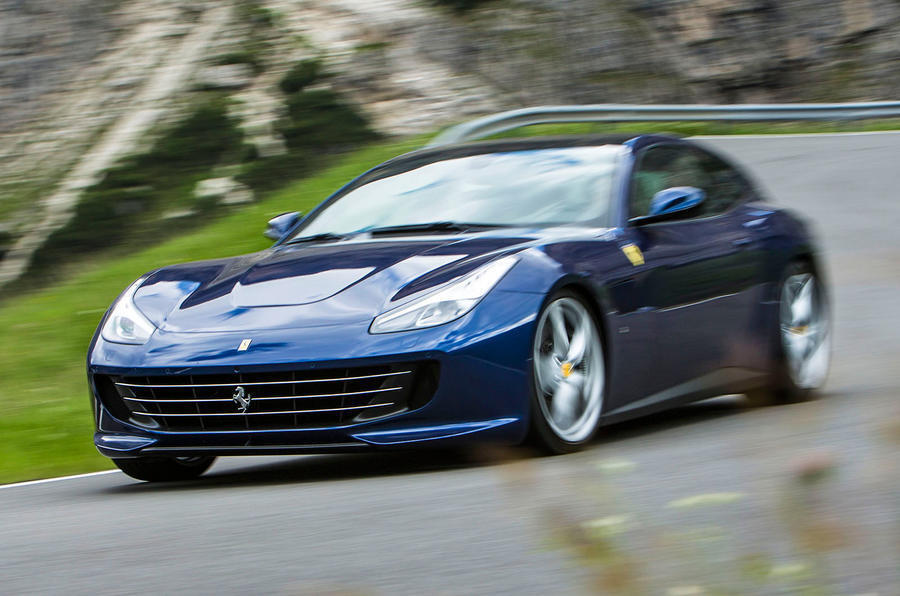

Add your comment